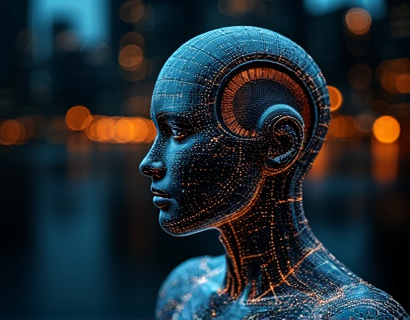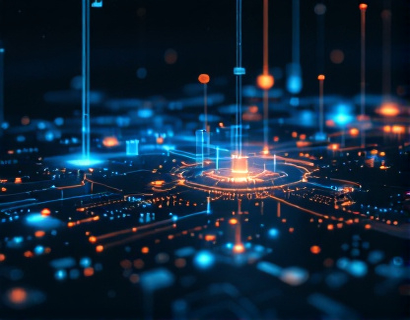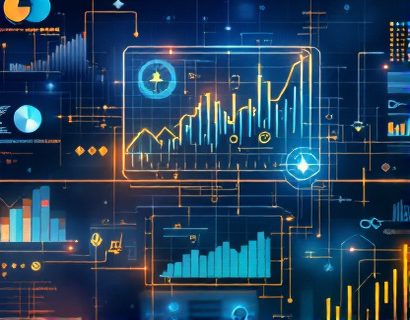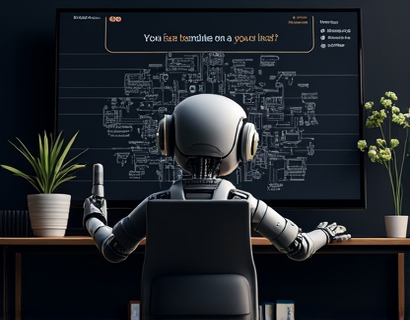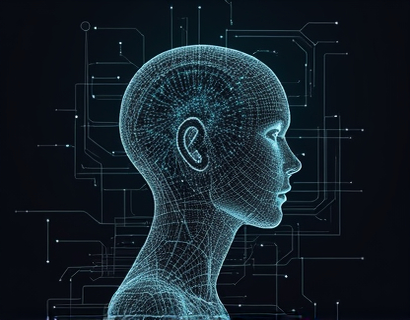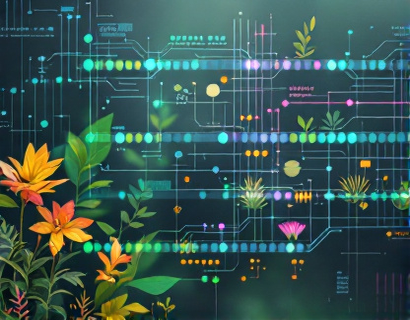AI-Powered Translation Tools: Revolutionizing Global Communication with Advanced Technology
In an increasingly interconnected world, the ability to communicate across language barriers has become more crucial than ever. AI-powered translation tools are at the forefront of this revolution, offering precise and efficient translations that break down linguistic obstacles and enhance global interactions. These advanced technologies are not just simplifying communication but are also transforming the way businesses and individuals engage with diverse cultures and markets.
The Evolution of Translation Technology
The journey of translation technology has been marked by significant milestones. From the early days of rule-based machine translation to the current era of neural machine translation, the accuracy and naturalness of translations have seen remarkable improvements. Neural machine translation, powered by deep learning algorithms, has been particularly transformative. It allows systems to learn from vast amounts of data, capturing nuances and context that were previously challenging to translate accurately.
How AI Enhances Translation Accuracy
AI-powered translation tools leverage neural networks to understand and generate text in a way that mimics human language processing. These systems are trained on massive datasets, enabling them to grasp the complexities of language, including idioms, colloquialisms, and cultural references. The result is translations that are not only linguistically correct but also contextually appropriate, significantly reducing the likelihood of misunderstandings.
Real-Time Translation Capabilities
One of the most exciting aspects of AI translation tools is their real-time capabilities. Whether it's translating spoken words during a conference or text in a chat application, these tools can provide instant translations. This immediacy is invaluable in business settings where timely communication can make or break deals. For instance, a business executive can hold a meeting with international partners, with all conversations seamlessly translated in real-time, ensuring everyone is on the same page.
Enhancing Business Interactions
For businesses operating in a global market, AI translation tools are indispensable. They facilitate smoother interactions with clients, partners, and employees from different linguistic backgrounds. This capability is particularly beneficial for multinational corporations that need to maintain consistent communication across various regions. By breaking down language barriers, these tools help in building stronger relationships, fostering trust, and driving business growth.
Industry-Specific Applications
The applications of AI translation tools extend beyond general communication. In the healthcare sector, accurate translation is critical for patient care and safety. Medical professionals can use these tools to understand patient histories, instructions, and research papers, ensuring high-quality care regardless of language differences. In the legal field, precise translation is essential for contracts and court documents, where misunderstandings can have severe consequences. AI translation tools provide the necessary accuracy to navigate these complex scenarios.
Overcoming Cultural Nuances
Language is deeply intertwined with culture, and AI translation tools are increasingly adept at handling cultural nuances. These systems can adapt translations to suit different cultural contexts, ensuring that messages are not only linguistically accurate but also culturally relevant. For example, a marketing campaign that resonates in one culture may fall flat or even offend in another. AI tools can help tailor content to meet local expectations, enhancing the effectiveness of global marketing efforts.
User-Friendly Interfaces
The accessibility of AI translation tools is another significant advantage. Modern translation platforms are designed with user-friendly interfaces, making them easy to use for individuals with varying levels of technical expertise. Whether it's a simple web-based tool or a sophisticated app, these platforms guide users through the translation process with intuitive designs and clear instructions. This ease of use encourages broader adoption, making high-quality translation accessible to a wider audience.
Integration with Other Technologies
AI translation tools are not standalone solutions; they integrate seamlessly with other technologies to enhance their functionality. For instance, they can be integrated with customer relationship management (CRM) systems to provide multilingual support in customer service. They can also be incorporated into virtual assistants and chatbots, enabling these AI-driven applications to communicate with users in their native languages. This integration amplifies the value of translation tools, making them integral components of modern technological ecosystems.
Challenges and Limitations
Despite their many advantages, AI translation tools face certain challenges. One of the primary concerns is the accuracy of translations in low-resource languages, where there is limited training data. Additionally, while AI has made significant strides in understanding context, it can still struggle with highly specialized or domain-specific language. Continuous improvements in AI algorithms and the availability of more diverse training data are addressing these issues, but they remain areas of active research and development.
Future Prospects
The future of AI-powered translation tools looks promising. Advances in natural language processing and machine learning are expected to further enhance translation quality and efficiency. The development of more sophisticated models that can understand and generate language in a more human-like manner will continue to bridge the gap between languages. Additionally, the integration of emotional intelligence and sentiment analysis will enable translations that not only convey meaning but also capture the tone and intent behind the words.
Conclusion
AI-powered translation tools are revolutionizing global communication by providing precise, efficient, and culturally sensitive translations. These technologies are breaking down language barriers, enabling seamless interactions across diverse industries and cultures. As the technology continues to evolve, the potential for enhanced global collaboration and understanding is immense. Embracing these tools can significantly benefit businesses and individuals, opening up new opportunities and fostering a more connected world.




